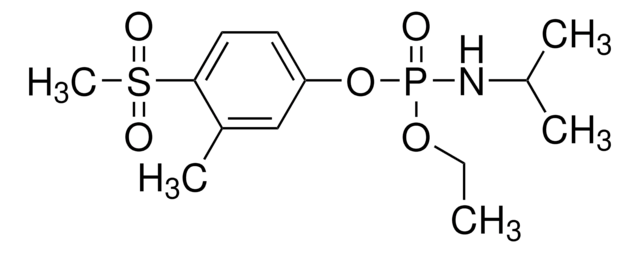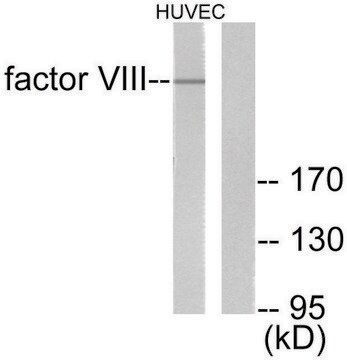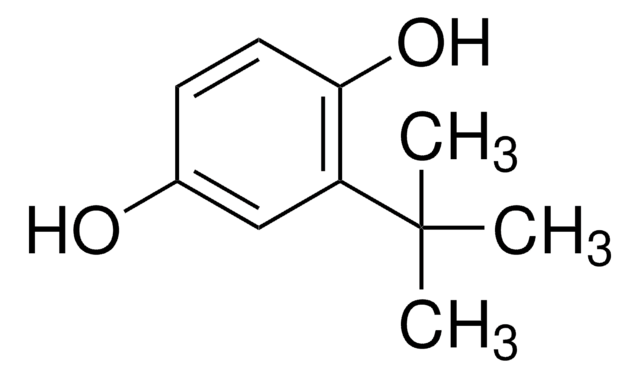Kluczowe dokumenty
W218308
Butylated hydroxyanisole
99%, FCC, FG
Synonim(y):
2(3)-t-Butyl-4-hydroxyanisole, 2(3)-t-Butylhydroquinone monomethyl ether, BHA
About This Item
Polecane produkty
pochodzenie biologiczne
synthetic
klasa czystości
FG
Fragrance grade
Halal
Kosher
agency
follows IFRA guidelines
zgodność regionalna
EU Regulation 1223/2009
EU Regulation 1333/2008 & 178/2002
FCC
FDA 21 CFR 117
FDA 21 CFR 172.515
gęstość pary
6.2 (vs air)
Próba
99%
temp. samozapłonu
599 °F
mp
58-60 °C (lit.)
Zastosowanie
flavors and fragrances
Dokumentacja
see Safety & Documentation for available documents
alergen pokarmowy
no known allergens
alergen zapachowy
no known allergens
Organoleptyczne
mild
ciąg SMILES
O(C)c1cc(c(cc1)O)C(C)(C)C
InChI
1S/C11H16O2/c1-11(2,3)9-7-8(13-4)5-6-10(9)12/h5-7,12H,1-4H3
Klucz InChI
MRBKEAMVRSLQPH-UHFFFAOYSA-N
Szukasz podobnych produktów? Odwiedź Przewodnik dotyczący porównywania produktów
Powiązane kategorie
Opis ogólny
Zastosowanie
- Inhibition of NADPH oxidase 2 enhances resistance to viral neuroinflammation by facilitating M1-polarization of macrophages at the extraneural tissues.: This study examines the potential neuroprotective effects of butylated hydroxyanisole (BHA) in modulating immune responses during viral infections of the nervous system, suggesting BHA′s utility in reducing neuroinflammation through macrophage modulation (Choi et al., 2024).
- Highly Sensitive Electrochemical Determination of Butylated Hydroxyanisole in Food Samples Using Electrochemical-Pretreated Three-Dimensional Graphene Electrode Modified with Silica Nanochannel Film.: This study presents a novel method for detecting BHA in food products, emphasizing its role in food safety and quality control, and showcasing advanced material use for enhanced analytical performance (Huang et al., 2024).
- Purification and identification of novel antioxidant peptides derived from Bombyx mori pupae hydrolysates.: While focusing on antioxidant peptides, this research also contextualizes the antioxidant market where BHA is prominently used, underscoring the ongoing search for natural and effective alternatives in food and pharmaceutical industries (Chukiatsiri et al., 2024).
Zwroty wskazujące rodzaj zagrożenia
Zwroty wskazujące środki ostrożności
Klasyfikacja zagrożeń
Aquatic Chronic 2
Kod klasy składowania
11 - Combustible Solids
Klasa zagrożenia wodnego (WGK)
WGK 2
Temperatura zapłonu (°F)
241.9 °F - Pensky-Martens closed cup
Temperatura zapłonu (°C)
116.6 °C - Pensky-Martens closed cup
Środki ochrony indywidualnej
Eyeshields, Gloves, type P3 (EN 143) respirator cartridges
Wybierz jedną z najnowszych wersji:
Masz już ten produkt?
Dokumenty związane z niedawno zakupionymi produktami zostały zamieszczone w Bibliotece dokumentów.
Klienci oglądali również te produkty
Global Trade Item Number
| SKU | GTIN |
|---|---|
| W218308-100G | |
| W218308-1KG-K | 4061835565252 |
| W218308-2.5KG | |
| W218308-5KG | |
| W218308-100G-K | 4061835513376 |
| W218308-1KG | |
| W218308-5KG-K | 4061837508677 |
| W218308-SAMPLE | |
| W218308-SAMPLE-K | 4061837508684 |
Nasz zespół naukowców ma doświadczenie we wszystkich obszarach badań, w tym w naukach przyrodniczych, materiałoznawstwie, syntezie chemicznej, chromatografii, analityce i wielu innych dziedzinach.
Skontaktuj się z zespołem ds. pomocy technicznej







